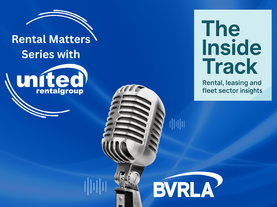Confusion around CO2 figures relating to modified vans following the introduction of WLTP has prompted the BVRLA to seek clarity from government.
Members can find guidance below for three different modification routes:
- Post-registration modifications: if the modifications are done after the vehicle has been registered, there is no implication for WLTP or type approval and CO2 will remain as for the unmodified vehicle.
- N1 Enhancement Scheme modifications: the N1 Enhancements Scheme may be used for relatively minor modifications to N1 vehicles and N2 panel vans which have European Community Whole Vehicle Type Approval for a complete vehicle. Unlike the classic approach to Individual Vehicle Approval (IVA), IVAs are issued without an actual inspection of every vehicle. The process for the scheme is justified by the limited scope of the kind of changes that can be made under the scheme and that the firms concerned will have met VCA requirements. This scheme will remain in the current format until 31 December 2020. That is unless as part of a review, appropriate changes are identified. The BVRLA will continue to monitor this.
- Multi-stage builds: incomplete vehicles will be supplied with a calculation tool enabling the converter/bodybuilder to input parameters such as mass, frontal area and rolling resistance in order to calculate a CO2 value. What then happens to this value is dependent upon which approval route is being used for the completed vehicle, but the final CO2 figure will be on the Certificate of Conformity or IVA.
Members are encouraged to contact BVRLA Senior Policy Advisor Thomas McLennan for further guidance.




